The Place Seoul (traditional Korean-style guesthouse) / 멀티스페이스 곳
2.4Km 2025-08-12
52-11, Gyedong-gil, Jongno-gu, Seoul
+82-10-3255-1289
“The Place Seoul” is located in a small alley in Gyedong-gil, Jongno-gu, Seoul. It is a guesthouse made by remodeling an 80-year-old traditional Korean house. The ondol room furnished with traditional beddings is popular not only among foreigners but also among Koreans due to its special ambience. The ceiling of the room dates back to 80 years ago. The rafter put on the roof at the time of construction of the house shows the antiqueness of the house. The toenmaru (a narrow wooden porch running along the outside of a room) that comes alive with the frequent coming and going of people adds to the ambience of the traditional Korean house, with the Sansuyu (corni) tree and vegetable garden beside the Korean-style house creating a leisurely atmosphere.
Beyond being a mere place to sleep in, “The Place Seoul” aims to be a composite cultural space whose motto is “the place to fill.” A simple wedding or a small-scale performance is held in the garden during the day. The rooms can be rented for small meetings.
“The Place Seoul” sponsors “WWOOF KOREA,” an NGO promoting environment-friendly agriculture as well as the right dietary life, “Slow Food Korea,” and “Slow Box.” As such, the place serves a special healthy breakfast consisting of homemade bread, handmade yogurt, and organic fruits and vegetables. In addition, the toilet paper, detergent, shampoo, etc. provided are all environment-friendly products.
“The Place Seoul” is located on Gyedong-gil Road, a famous tourist attraction in Seoul. It offers easy access to Bukchon Hanok Village, which is on the other side of the Gyedong-gil alley, as well as other major tourist attractions within walking distance including Changdeokgung Palace, Gyeongbokgung Palace, Samcheong-dong, and Insa-dong. The convenient location of “The Place Seoul” makes it easy to tour downtown Seoul.
Rakkojae, l'expérience de la culture coréenne (락고재)
2.4Km 2019-02-12
49-23, Gyedong-gil, Jongno-gu, Seoul-si
Si vous désirez vraiment connaître la Corée, vous devez connaître le mot "pungnyu".
Pungnyu, est un idéal qui a été transmis à la culture coréenne depuis la création de la nation et qui signifie l’harmonie entre l’homme, la nature et la poèsie.
Rakgojae est un centre culturel qui a récemment ouvert au Village Hanok Bukchon à Séoul et qui permet aux visiteurs de découvrir l’idéal coréen pungnyu.
Le centre offre des démonstrations de musique, de danse et d’arts traditionnels coréens, transmettant la culture pungnyu.
Buckchon est un endroit qui a été préservé pour sauvegarder des informations sur le style de vie des gens de l’époque de Joseon. Le village est très apprécié des visiteurs étrangers qui espèrent ainsi découvrir un aspect plus traditionnel du pays. Situé au centre de Bukchon, Rakgojae accueille les visiteurs étrangers. Il leur offre la possibilité de louer une maison pouvant héberger jusqu’à 9 personnes. Un repas coréen typique sera servi aux invités.
De chaque côté du village, se trouvent des grands palais : le Palais Gyeongbokgung, le Palais Changgyeonggung et le Palais Changdeokgung. Les visites peuvent se poursuivre par Jongmyo, le sanctuaire ancestral royal qui abrite les tablettes des souverains de Joseon et de leurs reines. Les visiteurs de Rakgoje peuvent en profiter pour visiter les sites touristiques à proximité et ainsi plonger dans les vies des aristocrates du passé.
Musée mondial de la joaillerie (세계장신구박물관)
2.4Km 2024-12-12
2, Bukchon-ro 5na-gil, Jongno-gu, Seoul-si
+82-2-730-1610
Le musée mondial de la joaillerie se situe dans une ruelle du quartier Samcheong-dong, à l’est du palais Gyeongbokgung, où sont regroupés de nombreux musées et galeries d’art.
Le directeur du musée a collectionné environ 3 000 pièces dans une soixantaine de pays pendant 30 ans, et il en a exposé environ mille ici.Le rez-de-chaussée se compose d’un mur d’ambre reflétant les 5 000 ans de l’histoire de la Terre, de la Chambre Eldorado revêtue d’or qui a fasciné les européens du XVIème siècle, de la salle des colliers mettant en valeur les techniques somptueuses, de la salle du crucifix qui crée une atmosphère paisible et calme.
Au premier étage se trouvent le mur de bagues et celui de masques qui vous inviteront à la méditation, la salle d’ivoire et de perles agencée de manière à découvrir la beauté de l’art de la décoration intérieure, et la salle dédiée aux parures modernes.
Haemul Saryeongbu (해물사령부)
2.4Km 2021-03-19
10, Jong-ro 31ga-gil, Jongno-gu, Seoul
+82-2-763-8882
Blowfish broth is used for all dishes. The representative menu is braised beef short ribs and seafood/braised spareribs and seafood. This is a Korean cuisine located in Jongno, Seoul.
Rakkojae Seoul Bukchon Hanok Hotel [Korea Qaulity] / 락고재 서울 북촌 한옥호텔 [한국관광 품질인증/Korea Quality]
2.5Km 2021-10-27
49-23, Gyedong-gil, Jongno-gu, Seoul
The main building in Seoul is a traditional Korean cultural space renovated by Jeong Yeong-jin, a human cultural asset, from a hanok with a history of 130 years. Traditional flags, fences, pavilions, chimneys, and jangdokdae are holding the blue sky with pine trees, creating a harmonious Korean-style house. Passing through the elegant tall gate, as you see the jangdokdae, a small but clean hanok will be revealed, and the pine trees and bamboo trees added to the natural beauty, while the loving Gomusin placed on the stone brings back beautiful memories.
Rakkojae is a place where the customs of the aristocrats in the past are melted in various places, creating a wonderful atmosphere by carefully reviving the pavilion, ponds, and daecheongmaru. Especially, Daecheongmaru adds the beauty of the margins of hanok to give you a sense of refreshment. As the old scholars did, sitting on the pavilion makes the time flow slow and the wind that passes over the Sotdae feels special.
In addition, you can experience the beauty of Korean tradition with various programs such as tea ceremony, jjimjilbang, royal robes, and kimchi-making along with traditional Korean food. Rakkojae's accommodation, reminiscent of a nobleman's house in the Joseon Dynasty, is well-kept and comfortable that it is comparable to a luxury hotel, and the natural jade-covered ondol rooms and firewood jjimjilbangs made of cheongito provide a healthy journey for many guests.
Hanok Guesthouse Dongchonchae / 한옥 게스트하우스 동촌재
2.5Km 2025-08-12
21-10, Jahamun-ro 11-gil, Jongno-gu, Seoul
Built in 1939, Dongchonchae was designated as Seoul Well Hanok by the Seoul Metropolitan City in 2016. In 2020, this hanok (traditional Korean house) received the Certificate of KOREA QUALITY from the Korea Tourism Organization in the Heritage Hanok field in recognition of its historicity and quality of services. Dongchonjae is located in the western side of Gyeongbokgung Palace, at Seochon. When one passes through its main gate, one sees the yard, with anchae (women's quarters), sarangchae (men's quarters), and byeolchae (detached quarters) surrounding the plot. Anchae has four rooms, daecheong (wood-floored main hall), a kitchen, and a restroom. One of the rooms is used for tea ceremonies as well. Outside of the sarangchae and byeolchae, which are the living spaces for the owners, visitors have free access to the numaru (raised open floor) and the yard. The anchae’s rooms “Bom” and “Yeoreum” can accommodate 2 to 3 adults each, while the rooms “Gaeul” (Tea Room) and “Gyeoul” are optimal for two. The building is rented out as a whole, so no more than one group may stay in the building at any given time. Standard occupancy is four persons, and eight is the maximum number. There are two restrooms, one within the anchae building, one out in the backyard.
Cooking is not allowed in the kitchen, but guests are free to bring in outside food. Experience programs on offer include nighttime exploration of Seoul City Wall, tea ceremony, folk songs, and rice cake making. Additional payment is only required for rice cake making. Guests may choose between two types of complimentary breakfast: Korean, which comes with rice, soup, and three side dishes; and Western, which comes with bread, salad, and coffee. There are a 100-in screen and mini projector for film watching in the yard or daecheong. Towels, toiletries, hair dryer, bottled water, traditional tea, and capsule coffee are included. The kitchen is equipped with kitchen utensils, a microwave, and a coffee pot, enough for instant foods. Guests also have access to refrigerator and washing machine
Nuwa [Korea Quality] / 누와 [한국관광 품질인증/Korea Quality]
2.5Km 2021-03-29
3-1, Pirundae-ro 5na-gil, Jongno-gu, Seoul
This hanok (traditional Korean house) is located deep in the Seochon Village, west of Seoul’s Gyeongbokgung Palace. Its tasteful renovation of a small 33 m2 hanok made it highly popular among the younger guests. The courtyard has a low maple tree and tastefully arranged stones, while the hanok is capable of accommodating up to 2 persons.
This L-shaped hanok has a full window wall facing the living room, which is furnished with a low walnut table and a bathtub. Visitors can enjoy premium tea at the table. The bathtub, which is connected to the table at one end, can be used mainly for a foot bath with bath salts that assist circulation. There is also a restroom in the building.
Nuwa’s bedroom has a circular window, much like the full moon, with a view of the garden and the fringes of the Inwangsan Mountain.
Baengnyeon Tojong Samgyetang (백년토종삼계탕)
2.5Km 2021-03-24
41, Bukchon-ro, Jongno-gu, Seoul
+82-2-747-5535
This is the place featured on the Michelin Guide. This Korean dishes restaurant is located in Jongno-gu, Seoul. The representative menu is ginseng chicken soup.
La rue de jokbal à Jangchungdong (장충동 족발 골목)
2.5Km 2019-09-26
176, Jangchungdan-ro, Jung-gu, Seoul-si
+82-2-2236-9135
Le phénomène de la rue de jokbal à Jangchungdong a commencé il y a 50 ans avec l’ouverture de deux restaurants de jokbal coréens (pieds de porc cuits à la vapeur), suivis par un afflux de nouveaux restaurants de jokbal durant la fin des années 70 et début des années 80. Aujourd’hui les restaurants de jokbal continuent de servir un des délices coréens les plus appréciés sur la route principale et les allées des environs de la rue Jangchungdong 1(il)-ga.
Gohyang (고향)
2.5Km 2021-03-22
15, Jong-ro, 31ga-gil, Jongno-gu, Seoul
+82-2-743-9191
A place where you can try various Korean dishes. This Korean dishes restaurant is located in Jongno-gu, Seoul. The most famous menu is bulgogi.
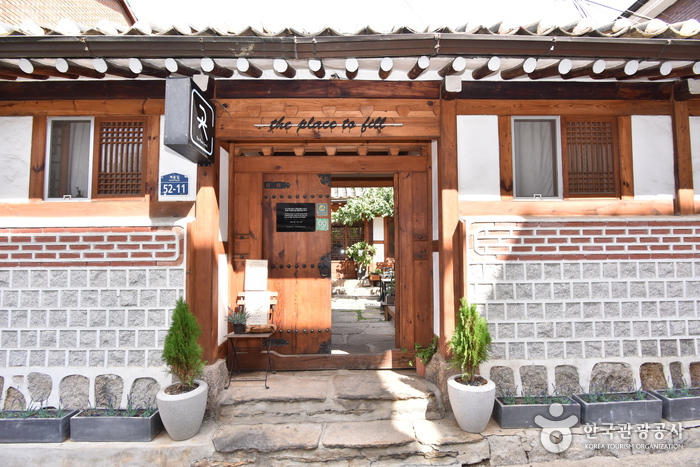
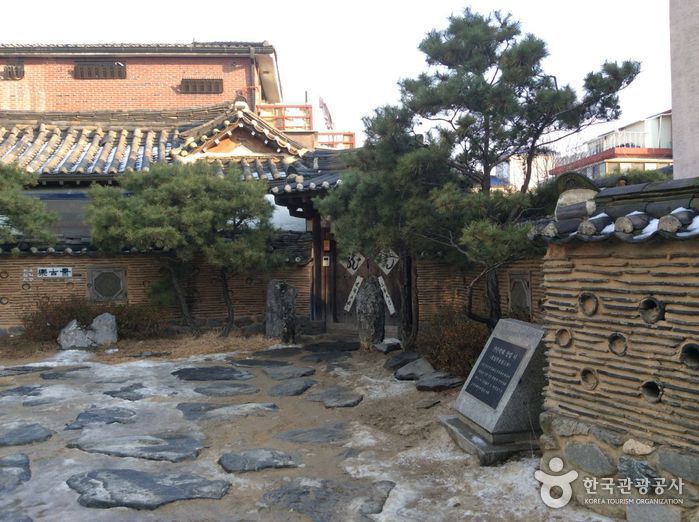
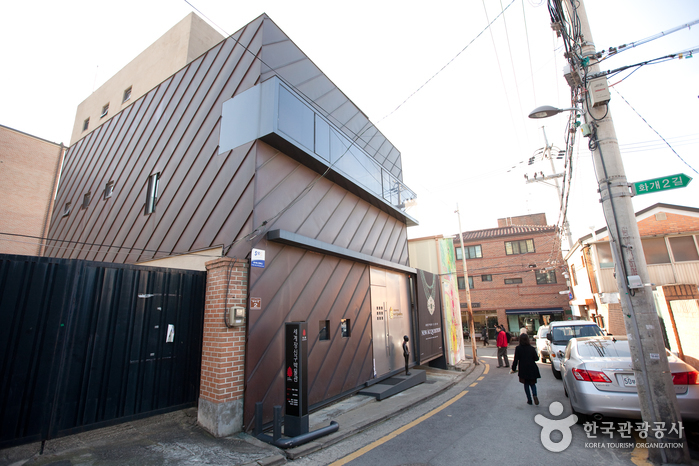
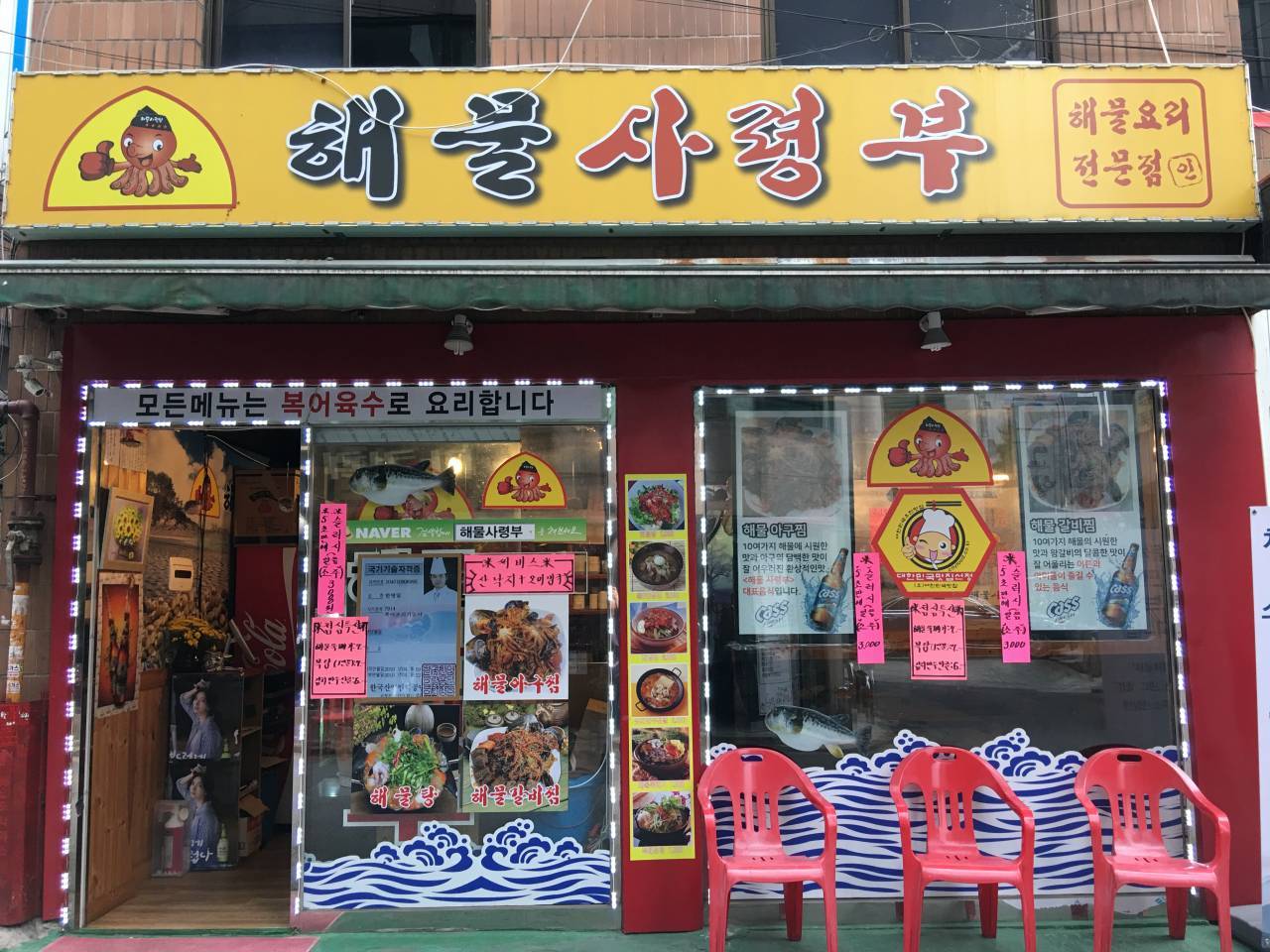
![Rakkojae Seoul Bukchon Hanok Hotel [Korea Qaulity] / 락고재 서울 북촌 한옥호텔 [한국관광 품질인증/Korea Quality]](http://tong.visitkorea.or.kr/cms/resource/40/2698240_image2_1.jpg)
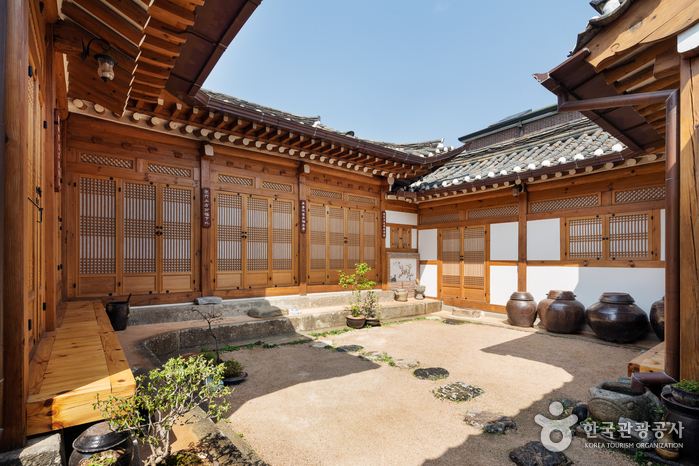
![Nuwa [Korea Quality] / 누와 [한국관광 품질인증/Korea Quality]](http://tong.visitkorea.or.kr/cms/resource/07/2707607_image2_1.jpg)
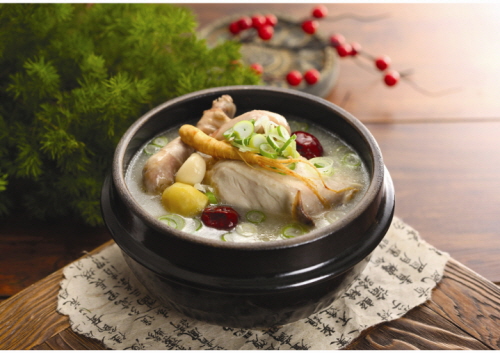
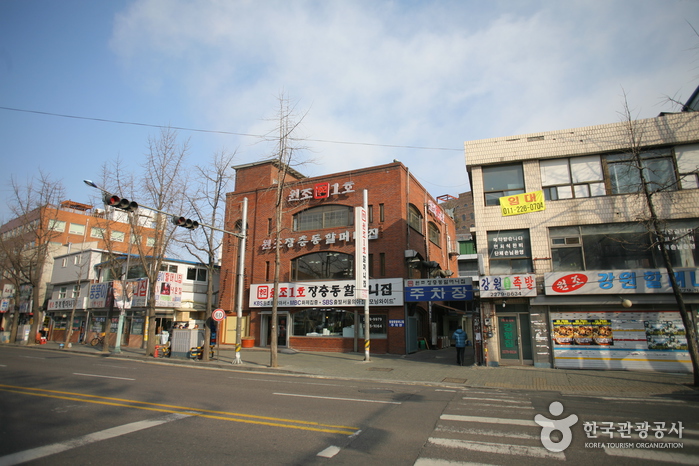
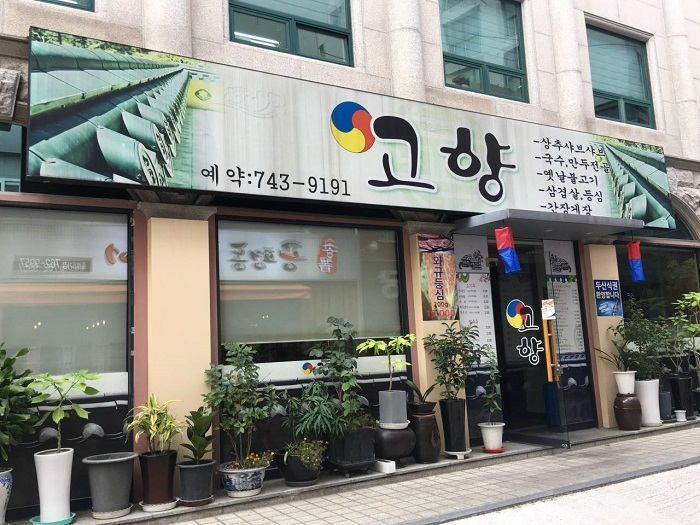
 Français
Français
 한국어
한국어 English
English 日本語
日本語 中文(简体)
中文(简体) Deutsch
Deutsch Español
Español Русский
Русский